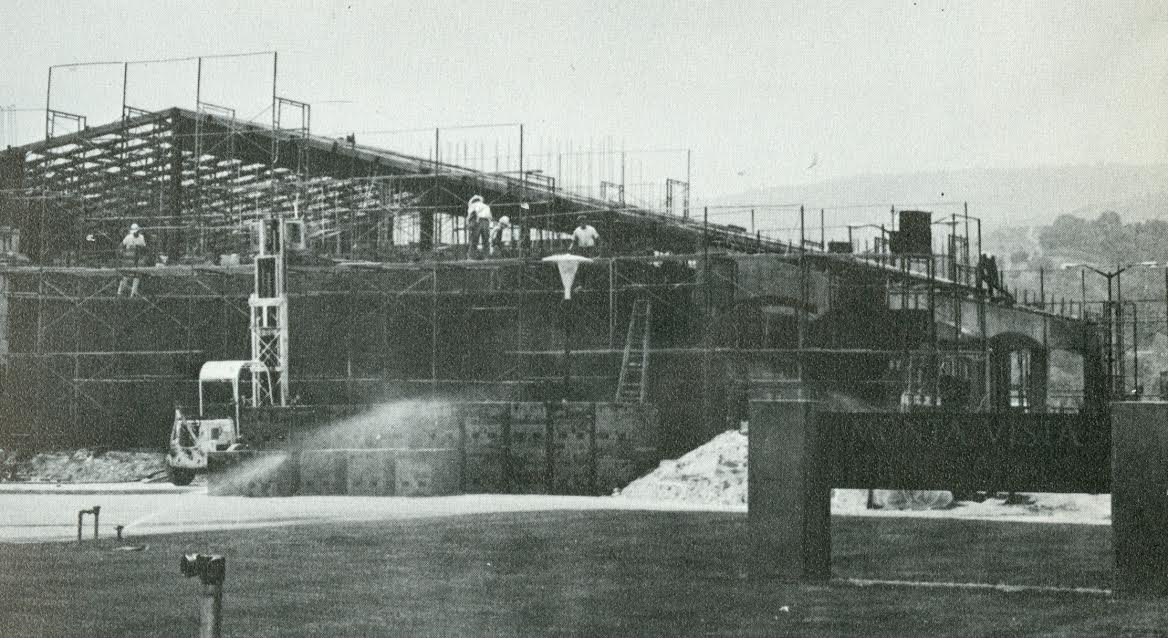
It was the summer of 1969. Students from Cupertino, Fremont, Homestead and Lynbrook High School filed into the courtyard to become what would be MVHS’ first graduating class. Janet Melikian Nauss, alumni from MVHS class of ‘72, remembers that the gym wasn’t even completed yet when a small group of kids gathered around to vote on the new school’s mascot.
“Being the first students, we set the rules.” Nauss said. “We just, we didn’t think about any of this stuff right? it was just the way it was. The school was a work in progress.”
The class of ‘72 became the students that named a lot of the organizations still at MVHS today: El Valedor, El Estoque, the mascot, El Matador or even La Verdadera and La Pluma, newer publications that continued to follow the traditions established over 40 years ago. The names students see are reflective of MVHS’ past and of the school’s origins that are still around in the present.
El Matador

Purple and gold hadn’t always been MVHS’ go to — class of ‘72 Dave Collier remembers the Bengals, paired with orange and black, the Matadors, paired with purple and gold, the Cardinals, paired with red and white and the Spartans, paired with blue and gold. According to Nauss, there was then a big conflict over whether the mascot would be the bull or the matador, so the school ended up trying to integrate both over the year.
“Fremont colors were also red and white and I’m pretty sure no one really wanted that,” Collier said. “People just wanted to be distinctive — it was a new school and there wasn’t anything else like the Matador.”
Nauss, who loved drawing at the time, was one of the art students who drew many of the images seen around MVHS back then, such as the bull, shown on the ‘72 ASB card. As an art student, she would sit in the quad and draw the roof lines and buildings around campus. Sitting there, Nauss understood why class of ‘72 chose the Matadors to represent the school when looking at the Spanish architecture surrounding her.
“Nobody thought about giving credit for any of the art we did — we just drew because we loved it,” Nauss said. “We did all the artwork and scenery for the carousel, an event the school held at the time. Then we all pitched in and drew the bull — a lot of people wanted the bull instead of the Matador, so they incorporated the bull whenever they could.”
El Estoque
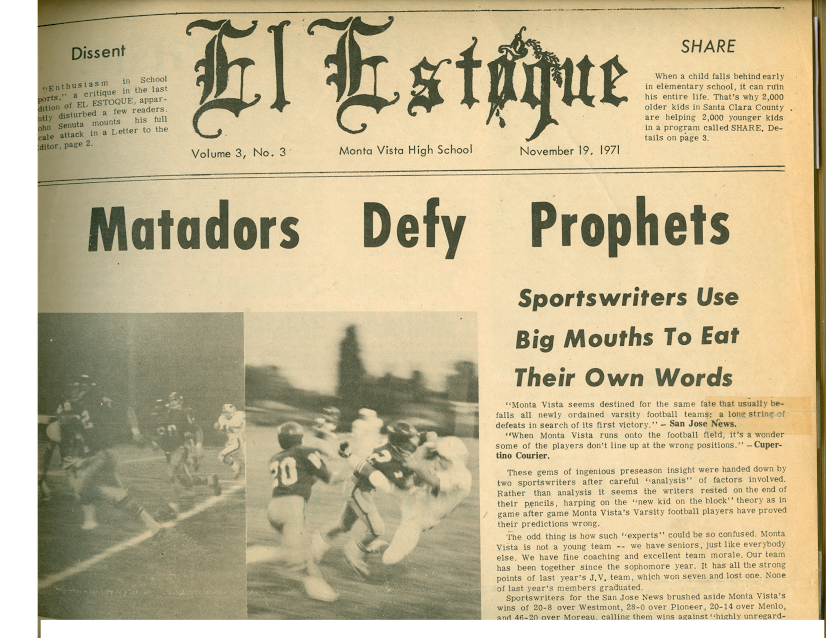
MVHS’s roots are founded in its long lasting traditions — according to Collier, the student newsletter founded its roots in his JV baseball teammate George Green. Collier remembered how Green won the contest held in 1969, the same year the school first opened to the public, deciding the name of the school newspaper.
“The only reason I remember the name ‘El Estoque’ was because one of the guys — we played JV baseball the first year, George Green.” Collier said, “[Green] wasn’t particularly civic minded, so I was astounded when he won the name for the newspaper.”
Green, according to Collier, went on to explain that El Estoque was Spanish for the sword that the matador sticks into the bull — it was used to continue the motif of strength and valiancy of the Matador, emphasizing the forcefulness and power of the written word.
El Valedor
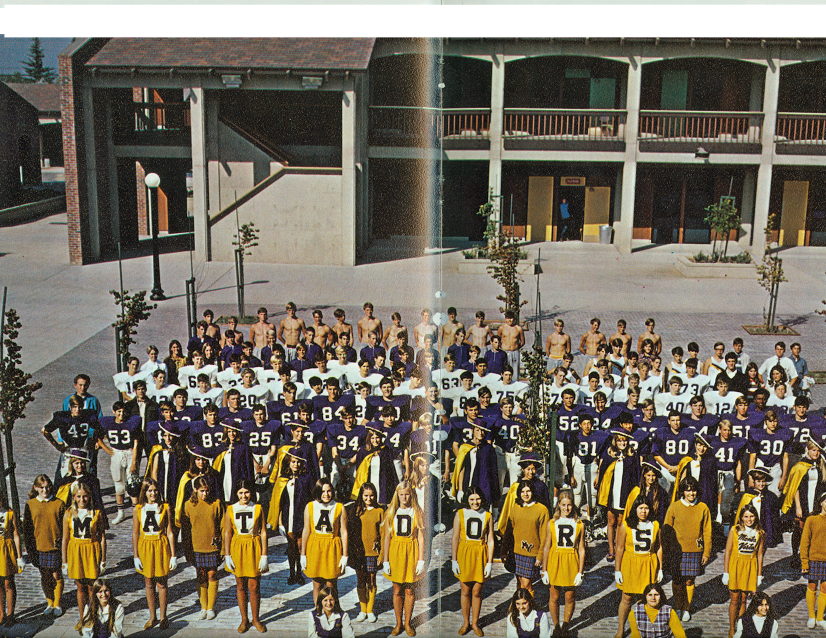
According to MVHS’ first yearbook in 1970, El Valedor is a Spanish word for friend, protector, and “something cherished and of value”. This name was suggested again by George Green, who also named the student newsletter and according to Nauss, suggested the class vote for the Matadors over the other mascots. The name apparently caught on so well with the Student Body at the time that over 60% of of the Student Body voted for its adoption.
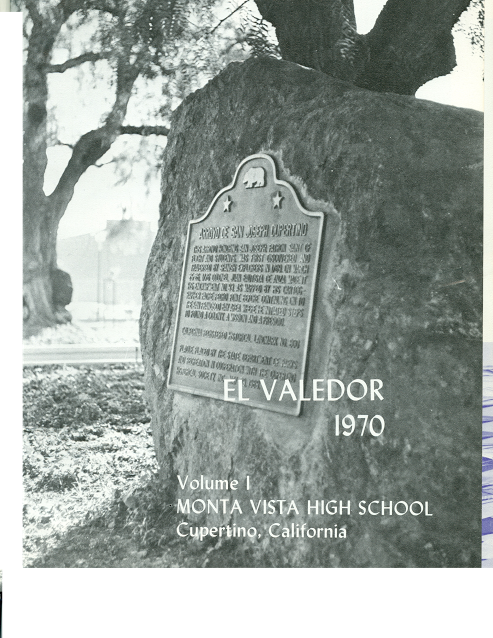
La Verdadera
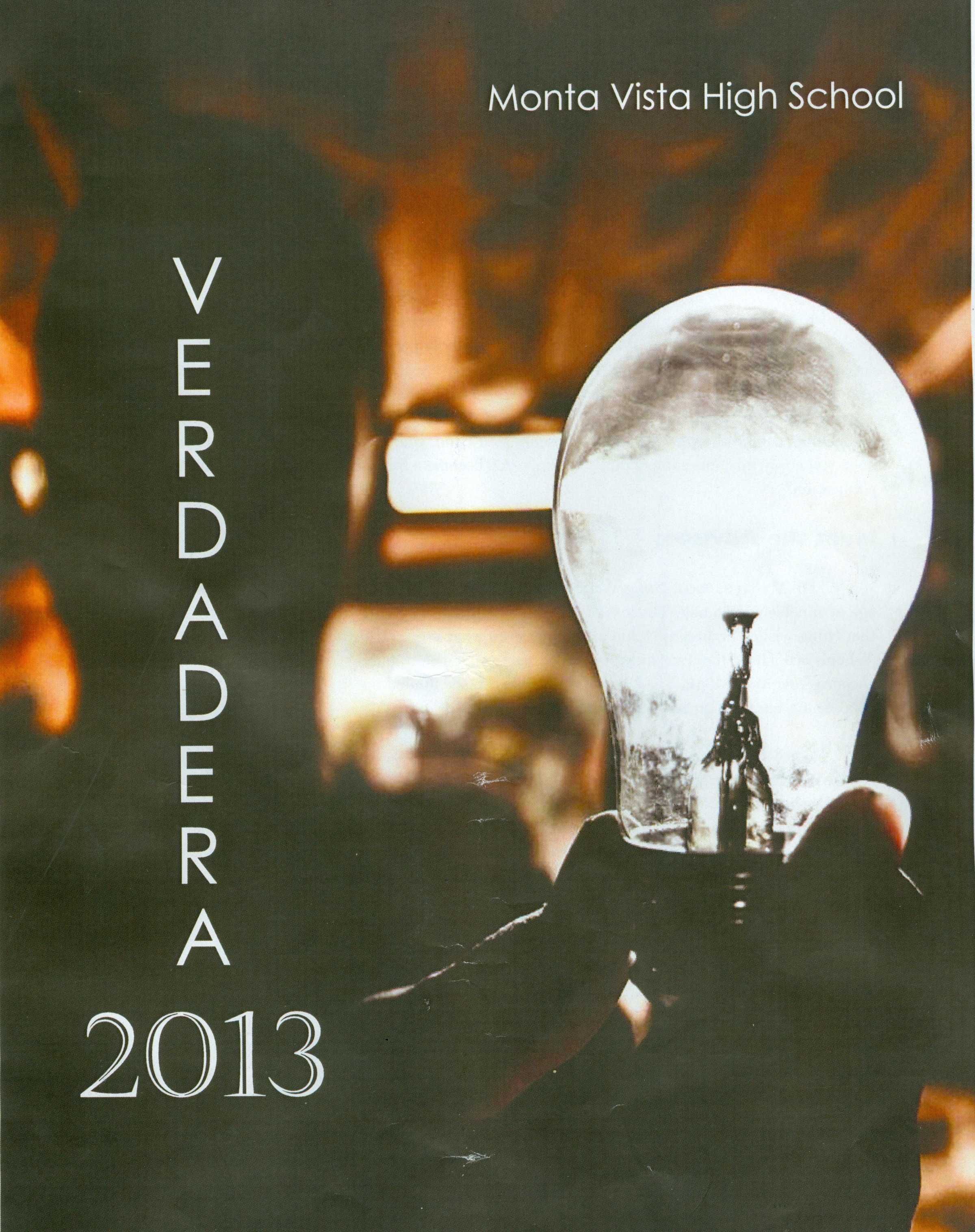
Thirty years after the class of ‘72, La Verdadera advisor Hung Wei’s daughter graduated from MVHS, and went on to attend NYU in 2004. She committed suicide within the year.
La Verdadera, spanish for “the truth,” is a student publication started in 2005 by for the sole purpose of giving students a chance to talk about certain taboo topics: drugs, sex, religion. According to Wei her daughter had grown up sheltered — the signs leading up to her daughter’s death should’ve been obvious, but were brushed off since many parents, at the time, didn’t know what they were supposed to be looking for.
“My daughter passed away by suicide 13 years ago,” Wei said. “ People think that something’s wrong with us. But nothing is wrong with us. We are just a normal family growing up in Cupertino. People are just so afraid of judgement — with Verdadera I’m trying to get rid of the stigma here that ‘I must be the only person suffering from this and there must be something wrong with me.’”
After her daughter’s death, Wei started Verdadera based off of Los Gatos High School’s Reality Check, a publication in which students can anonymously submit stories. While Verdadera has changed and tackled many subjects over the years, La Verdadera has always included a professional’s page. According to Wei, by including testimonials from professionals and their contact information, parents and student know who to contact if they ever want to reach out and get help, or even to ground the publication so student views don’t skew the topic one way or the other.
What has also lasted in its 12 years is its name.
“I had a hard time even pronouncing the name at first. But the kids at the time, they are very proud of their tradition and want to be identified as [MVHS] students.” Wei said, “The name came about because that’s where [the students] come from. I even talked to them and I was like ‘can’t we just call it truthfully magazine?’ and they said no, it has to be something that conforms with our school tradition.”





